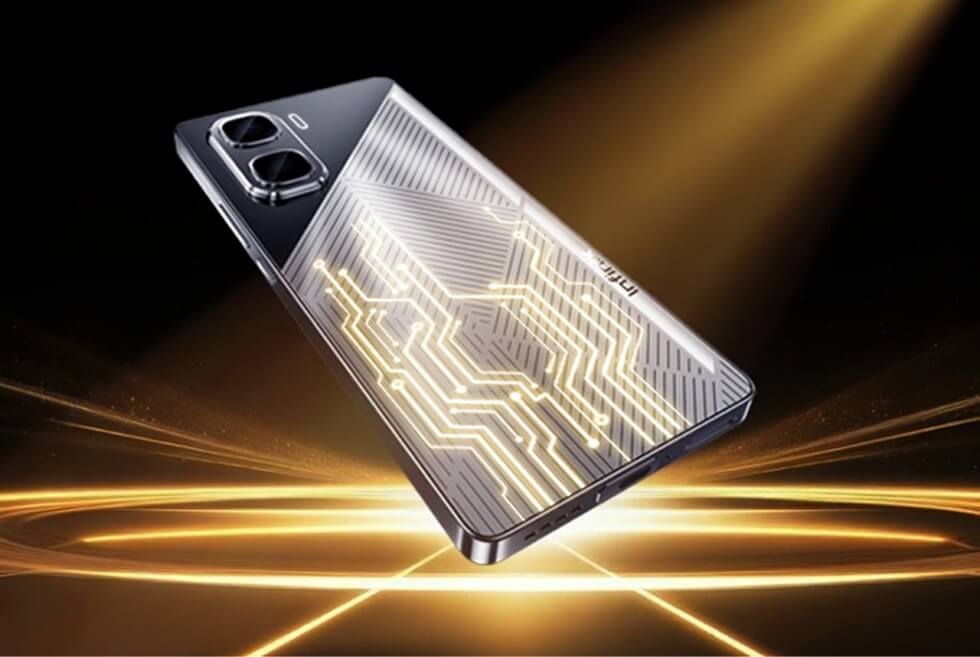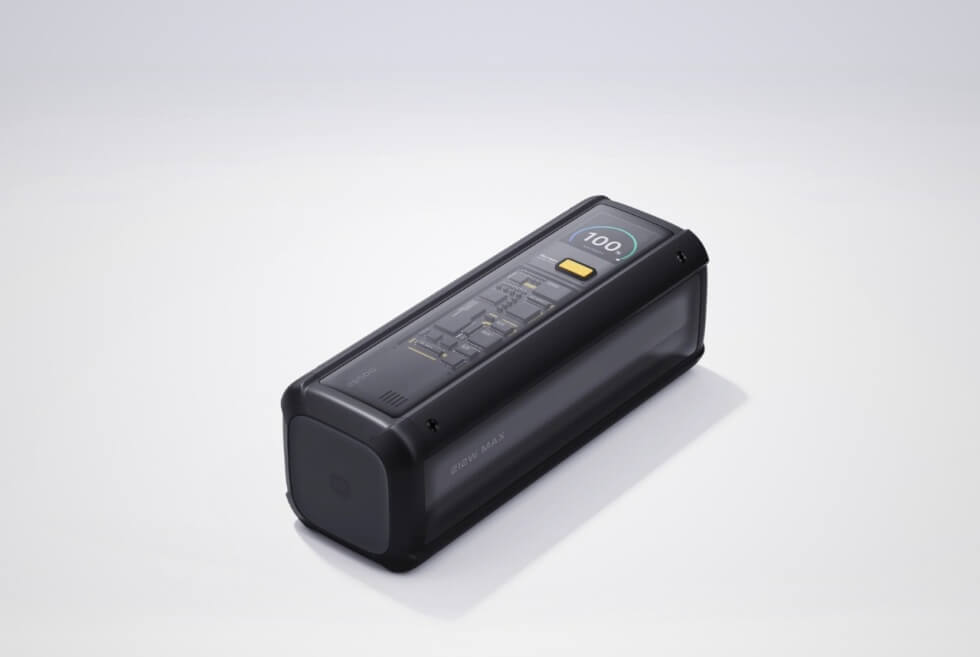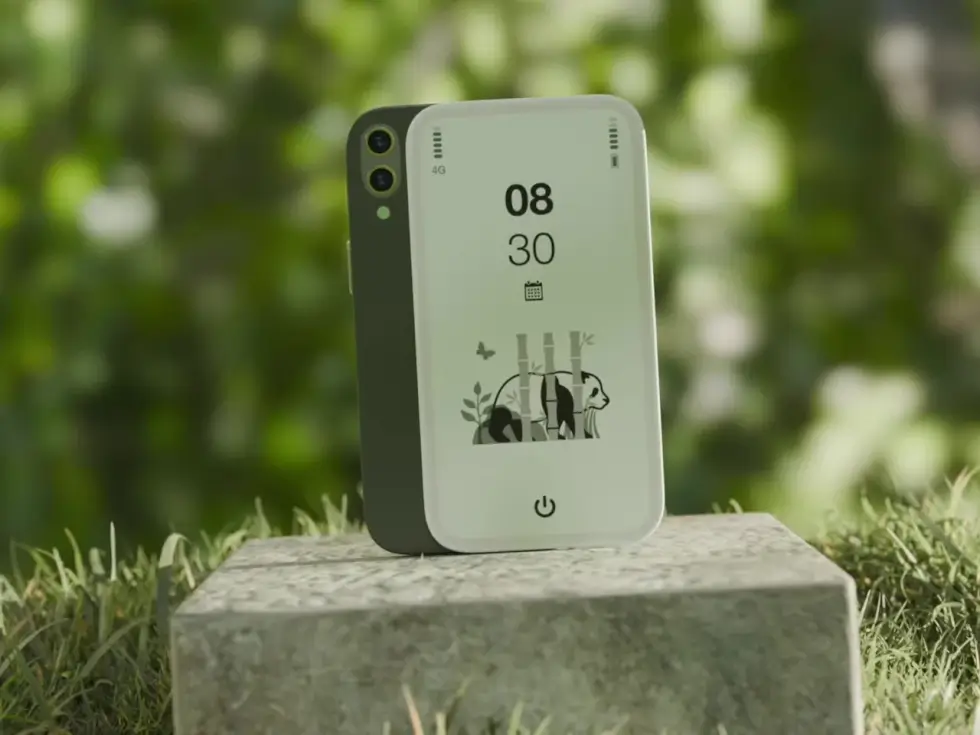A
re you sick of looking at your videos and images and feeling embarrassed by their poor quality? It’s no fun being the worst photographer or videographer among your friends, but now you can cheat the system with a DSLR gimbal, stabilizer, or even a steadycam. These accessories for the DSLR camera are simple to mount.
They’re the perfect way to get rock-steady, smooth footage and shots for absolutely zero hand-shake.
It’s insanely hard to take high-quality photographs or film while also keeping the camera completely steady while you move. If you’re going for a professional look, this lack of steady nature is something that’s best avoided. You run the risk of looking like an amateur if everything looks blurry or shaky.
Tools like stabilizers and gimbals are popular choices for improving video and image production quality.
Adding one of the top DSLR camera gimbals or stabilizers to your raft of camera equipment is an affordable solution. Of course, that’s as long as you make the right choice of product. As you might imagine, there’s no shortage of different options on the market today.
As always, some are better than others. Make the wrong choice and you could end up making a very expensive mistake.
Our helpful reviews are designed for making it easier than ever for you to pick the best accessories for the DSLR camera available.
If you’re ready to take shots that would put the paparazzi to shame, read on and discover our best 15. We’re sure that whatever you’re looking for, you’ll find something in our selection of top performers on the market. Whether you’re an amateur or an aspiring professional, you’ll love our selections.
What is the difference between gimbals, stabilizers, and steadycams?
Knowing the difference between all of these accessories for the DSLR camera can be very difficult. We understand, so we felt the best way to help you out was to go over them one by one. While this won’t be massively in-depth, it will give you a small understanding of what each product does.
Meanwhile, you will learn specific information about the products below.
That way, you’ll sort of understand as we go until the very end. We’ll call this portion your “DSLR Accessory Crash Course.” Look, we never said we were good at naming things. In any case, check this out.
Gimbals:
When you need floating and smooth quality footage, you need a camera gimbal. Making quality cinematography is accessible to anybody with the right kind of one, and there are two different types to choose from. One is a simple weighted design while others are electronic.
The latter uses brushless motors and software for a more precise balance. Since 2015, camera gimbals have become cheaper and more commonly used by people wanting to keep still while taking photographs, or shooting video.
The majority feature three motors (or axis) so the camera stays steady even when rotating in any direction. These accessories for the DSLR camera are lightweight and so don’t weigh you down even when shooting for extended periods.
Stabilizers:
For those unaware, stabilizers are far different than gimbals, as they don’t have any motors and must be balanced carefully for optimal results. Stabilizers are very affordable when compared to gimbals too. However, the largest versions are also the heaviest. This can be difficult to use or hold for extended periods.
Stabilizers are designed to cancel out the effect of walking or moving on your shot’s quality. Accessories for the DSLR camera such as these are perfect for taking action shots any time. They are also ideal for using outdoors either for professional or amateur use.
Steadycams:
Steadycams have been around for a long time. Invented back in 1975 by Garret Brown, the Steadycam was innovative when it was first introduced, Even today it is invaluable in helping to keep DSLR cameras still during shooting.
There are three primary types of steadycam: the stabilizing wheel (or handles mount), the vertical steadycam that is ideal for heavier DSLR cameras, and Merlin steadycams which are ideal for use with lighter and smaller DSLRs. Though they are often like the stabilizer and gimbal, thus forgotten about more often, they are still excellent.
The wheel version is the cheapest but the footage is often not as smooth as one would want it to be. However, the other versions are just as useful. They simply will work for what you need most, but this also means that these accessories for the DSLR camera mostly come down to user interest.
What are the main things to consider when buying a gimbal or stabilizer?
If you’re ready to buy your first gimbal or stabilizer, there are lots of things to keep in mind. When making a buying decision for any accessories for the DSLR camera, you need to consider these things because of the value you’re wanting. Imagine paying hundreds to get something that doesn’t work or breaks with ease.
It would be terrible, right? Due to this, we felt it might be best to make you aware of those little things and why they are so important.
At the end of the day, if you consider them before you buy…you’ll be grateful later. Have we ever steered you wrong before? Except for that one time in Belgium, of course. We told you that wasn’t our fault. Anyway, check this stuff out below and remember it going forward.
Weight:
The majority of gimbals today are three-axis, allowing them to rotate smoothly in every direction for better stability. However, the motors add extra weight and cost while reducing battery life. This means that weight is something you have to consider when buying one.
You need to choose a gimbal that suits your camera’s own weight. Every gimbal on the market has both a maximum and minimum payload, making it vital to not exceed these limits each can handle. If you overdo it on the max side, you could risk not only breaking the gimbal but possibly that expensive DSLR camera.
Don’t forget to add the weight of your batteries, microphones, and lenses to the weight of your camera when calculating the maximum payload. Accessories for the DSLR camera such as these can be heavier or lighter depending on the make.
However, several can hold a lot of weight too.
Length Of Use:
Will you be holding your gimbal or stabilizer for an extended amount of time? You need to consider this when it comes to your stabilizer or gimbal before you buy. While it sort of goes with our last point, the length of use truly can be determined on the weight of it.
While your own cardio or strength is something to consider here too, the weight of something can be an issue on its own.
Remember that it could be very tiring for your arms if you carry a heavy model around all day. This is why you have to consider your own limitations. Meanwhile, the weight itself is a factor only because you’re literally having to carry something.
Regardless of size, that is still something you have to do.
For some things like this, there are holders that you can use to hold them up. This could be useful for professionals who would use these accessories for the DSLR camera more often.
Camera Attachments:
Some models are only designed for smartphones or GoPros, so you need to ensure that the one you choose is suitable for use with your DSLR. Usually, choosing a model with a ¼” thread allows you to attach it easily to any standard DSLR camera.
The bigger note is that people often overlook what their needs are and simply just click and buy.
If something works for the DSLR, it’ll be labeled as such. That said, you should be able to find this right away when it comes to your needs.
Build Quality:
Cheap models are usually made from cheap plastic and that isn’t ideal if you’re planning to use yours on the go or very frequently. Due to more frequent use, damage could easily occur. Eventually, you’re going to use it for something that it eventually won’t hold up against.
On the go, you’re risking the same issues. If you’re using one of these accessories for the DSLR camera for storm-chasing…chances are they shouldn’t be made with cheap materials.
It’s best to look out for a model which is manufactured from either aircraft-grade aluminum or nylon-reinforced plastic. Both will be more durable and remain strong through anything you might need it to do. Chase a storm, record a football game from the sidelines, you name it. This material will hold up.
Battery Life:
If you’ll be using your gimbal for extended periods while out and about, you’ll need to pay close attention to its battery life. Some models have a life of more than 20 hours, which is ideal for full days of filming. Obviously, when it comes to anything you’re using on a shoot, the battery power is essential.
Clearly, 20 hours is great, but we also advise you get more than one battery for anything needing one. Preparation is useful. Some gimbals have removable batteries, making it ideal to have those back-ups around.
Carry Case:
Not every gimbal or stabilizer comes with a carrying case, however, it might be something that’s worth considering. A dedicated carry case will make sure your equipment doesn’t get broken by being carried in a bag that isn’t designed for the purpose.
This is useful for a number of reasons, and we just addressed one regarding the fact that it keeps the equipment safer.
How do these accessories for the DSLR camera protect your camera? Ease of the carry is one way, just as an example. When in a bag, it won’t be moving or awkwardly carried. Meanwhile, any removal parts won’t disappear on you and become lost.
This allows you to keep everything in one area, allowing the smallest of parts to never leave your bag. Well, until you want them too, of course.
Reliability:
Being reliable is essentially an easy thing to understand. When you think about it, the term in itself is not hard to comprehend. You want something you can rely on, therefore something that won’t let you down. In the world of accessories for the DSLR camera, that means you get what you pay for.
Sure, you could go the cheaper route. However, you get what you pay for in the essence that cheaper material creates a cheaper product. If you want it to last, the model you need to be concerned with is the one that best fits your needs and ONLY your needs.
You’ll then want proper material not made of hard plastic to be present. If there is no metal of any kind near this item, it likely isn’t made well enough to last.
Waterproofing:
Some of these accessories for the DSLR camera we’ll go over today, as well as ones we may not, are designed to be waterproof or water-resistant. Of course, those two terms are very different. Waterproof being that it be underwater for extended periods of time without any major risk of it damaging the product.
Meanwhile, water resistance means it can be for certain periods of time and often only up to a certain foot level.
The waterproof kind would be the type you see people use in underwater shoots. Documentary types may use it to film something that is going to be shown on Discovery Channel next year. Water resistant material would be used for things like storm-chasing or anything involving rain.
Possibly, it could even do light underwater work too.
Set Up Time:
Who wants to spend a ton of time setting up a stabilizer or gimbal? No one, that’s who. That means it’s important to pay close attention to set up times. You won’t want to waste valuable time if you’re under time pressure in setting up your equipment.
This can be a make or break thing for some items in this field, as it rightly should be.
Setting anything up for an extended period of time takes valuable time off the clock. That said, you may struggle when you first buy and begin using a product. Getting used to using it will make it easier for you to set it up each time. The average you need to have something ready to go is somewhere under 2 minutes.
If that isn’t possible, it isn’t worth buying.
Compact Design:
The compactness of a design can be extremely crucial. If you’re planning on traveling with your equipment you need to think about its size and how easy it will be to transport with you. The compact nature is not exactly 100% needed for these things, as many great models can be larger.
However, if you’re going to travel a lot on planes….this is a big thing to consider.
The reason has to do with what can go on a plane in the carry-on versus what cannot. Airlines are well-known for losing luggage. This means anything like a camera and/or its equipment needs to be carry-on if you can manage it. Most of the time, it’s possible.
We have a lot of accessories for the DSLR camera on our list that is small enough to take anywhere.
That said, most should be compact enough to fit what you need. Those that are not exactly compact are present on our list of great accessories for the DSLR camera for being just that, great.
Budget:
Although quality is obviously the most important factor to consider, you also need to pay attention to your budget. Obviously, you want to avoid buying the cheapest model on the market. However, you need to always try to buy the best you can afford.
If you feel that the only types you can buy are made very cheap…then save your money.
It’s okay to wait, as you’ll have the end result of a great product that’ll more than pay for itself after the many uses you’ll have. It’s like buying a $500 Windows laptop every year for 5 years instead of a MacBook once. Sure, the MacBook may be $2,000.
However, if you’re buying 5 laptops at $500 then you’ve paid as much or more than you would have for the ONE MacBook.
The same premise is here too. Wait to buy if you must. If you need something right away, just keep in mind that the cheaper models are made to be like disposable cameras. They were never meant for long-term professional use.
How do I properly use a gimbal or stabilizer?
Gimbals and stabilizers are pretty simple to use and they’ll make a big difference to your shooting. Well, as long as you know to use them of course. They can give your shots more creativity, exploration, and life overall.
However, it’s important to recognize that there are lots of nuances that you need to think about when you shoot with a gimbal or stabilizer.
These products are specially used for certain reasons. That means the jobs they do are obviously useful. However, it also means that you need to keep a lot in mind before buying and using them. We thought we’d go over a few.
Balance:
Whenever you use a stabilizer or gimbal, a top priority to consider is the balance. Most small models don’t need you to do a ton to balance them properly. Usually, they can be set-up relatively quick and you’ll balance everything up without much issue.
However, larger models need you to work a bit more to produce the best results. What we mean is this.
Larger models typically are going to be so large that they need to be balanced up special, with real dedication put into it. Imagine it like the game you played as kids involving coins. You’d try to balance a quarter, but for the life of you, there were some quarters much harder to balance.
It was not the quarter itself sometimes, but the surface it was on.
Meanwhile, the penny was much easier to balance as was the nickel. One due to their size and the other due to the thickness of the coin. The bigger the coin, and the thinner it was, the harder it would be to balance. This is the same situation.
Smaller is easier and takes less time while larger takes more time. The more you do this, however, the easier it gets.
Carrying Style:
There are several ways to carry a gimbal or stabilizer. If you hold the handle at your chest height you can either keep the camera upright and below the handles or inverted and above the handles. The third possibility is grabbing its center handle, then going lower towards the ground.
Some models even allow you to grab the side handle, turning it upright to briefcase mode. Inverting the camera lets you get higher perspectives or overhead shots. All of this while using the center handle. This is ideal for those interesting shots where you have to follow someone as they walk, filming their feet.
The briefcase mode is perfect for low-angle shots.
Controlling Your Camera:
This is vital when using a gimbal or stabilizer. If you tilt or pan, your gimbal will tilt or pan the camera. Some models feature thumb controls, however. This is extremely useful, trust us on that. With them, you can control your camera no matter where you’re facing.
Some models also allow you to refine and adjust the smoothness using an application. Today we have truly graduated to the “there’s an app for that” line. Welcome to the future!!
Camera Movement:
You can use your gimbal or stabilizer to experiment with a wide range of movements and shots. A dolly shot can easily be obtained by walking, running, or biking while holding the camera. A jib shot is much more conveniently since you can get a lowering or rising shot by simply squatting or bending.
A pass-through shot is also possible by fitting through smaller spaces thanks to the compact size of a gimbal for DSLR cameras. The lack of shake allows for these shots to come in smoothly, regardless of how you choose to use them. Truly, you can do whatever you want and the shot will come back looking great.
Just don’t jump off any roofs, alright?
1) The Roxant Pro Video Camera Stabilizer
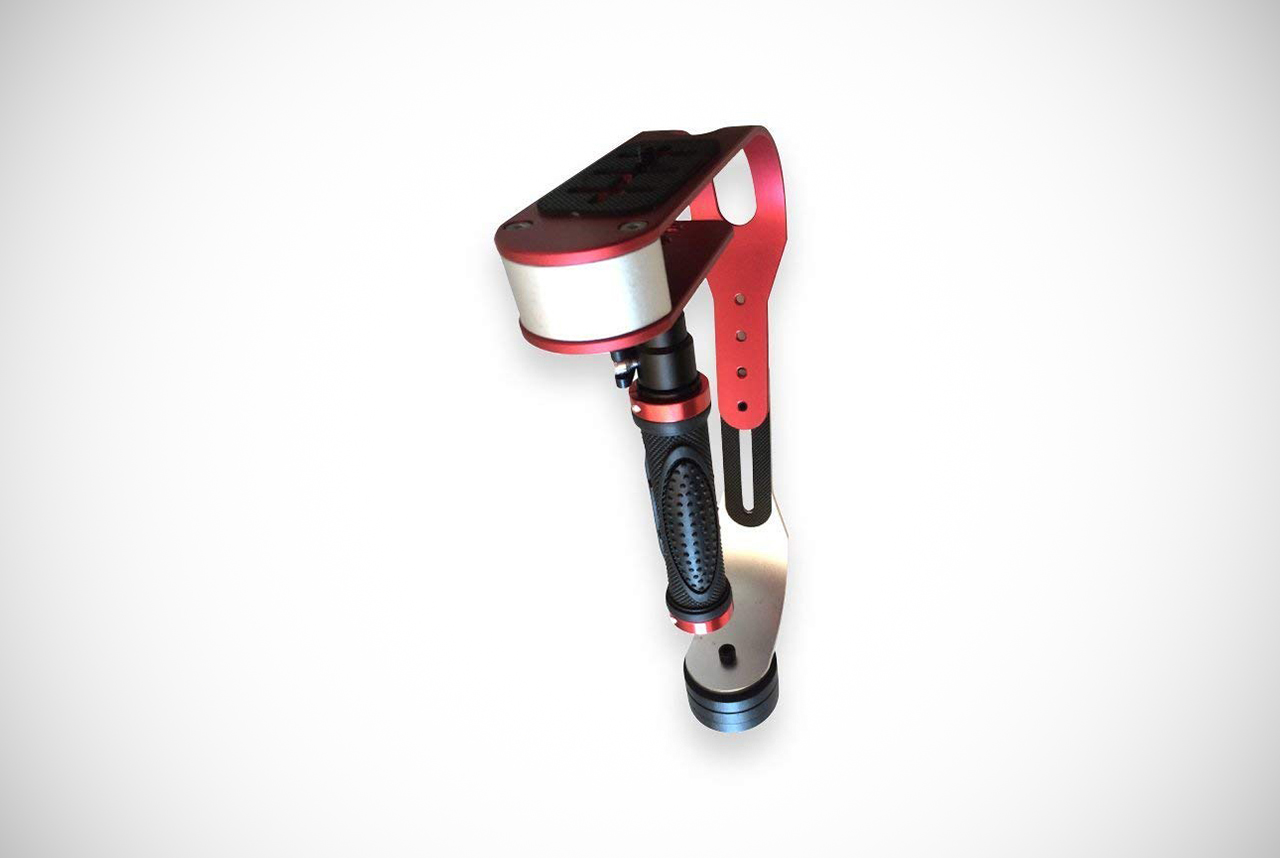
The Roxant Pro stabilizer weighs under 2lbs, making it very easy to handle even for longer shoots. As an added advantage, it has a comfort grip handle that makes it easier to hold for extended periods. Promising outstanding balance, the Roxant Pro is a top choice for performance.
It’s also very affordable, with an offering of a great lifetime warranty by the manufacturer to give you extra peace of mind. Not all accessories for the DSLR camera are going to get this type of warranty, so Roxant truly went above and beyond.
Its pro-style stabilization ensures less shake and motion for a shot, all while the customized lower arm material ensures that sway won’t be a problem. An interesting note is that this was designed for DSLR. However, it can also work with a wide range of other cameras from smartphones to GoPros.
Overall, this stabilizer can support a payload up to a maximum of 2.1 lbs. It also offers three separate counterweights so you can get a price adjustment.
Whether you’re shooting in a tight space or while moving, this stabilizer will do the job admirably. You can even benefit from a free video training tutorial to get you started. With its superior solid construction and design, this is a model built to last. True quality comes from this item, that’s for sure.
Check Product Price // Read More Reviews
2) DJI Ronin-M Gimbal Stabilizer
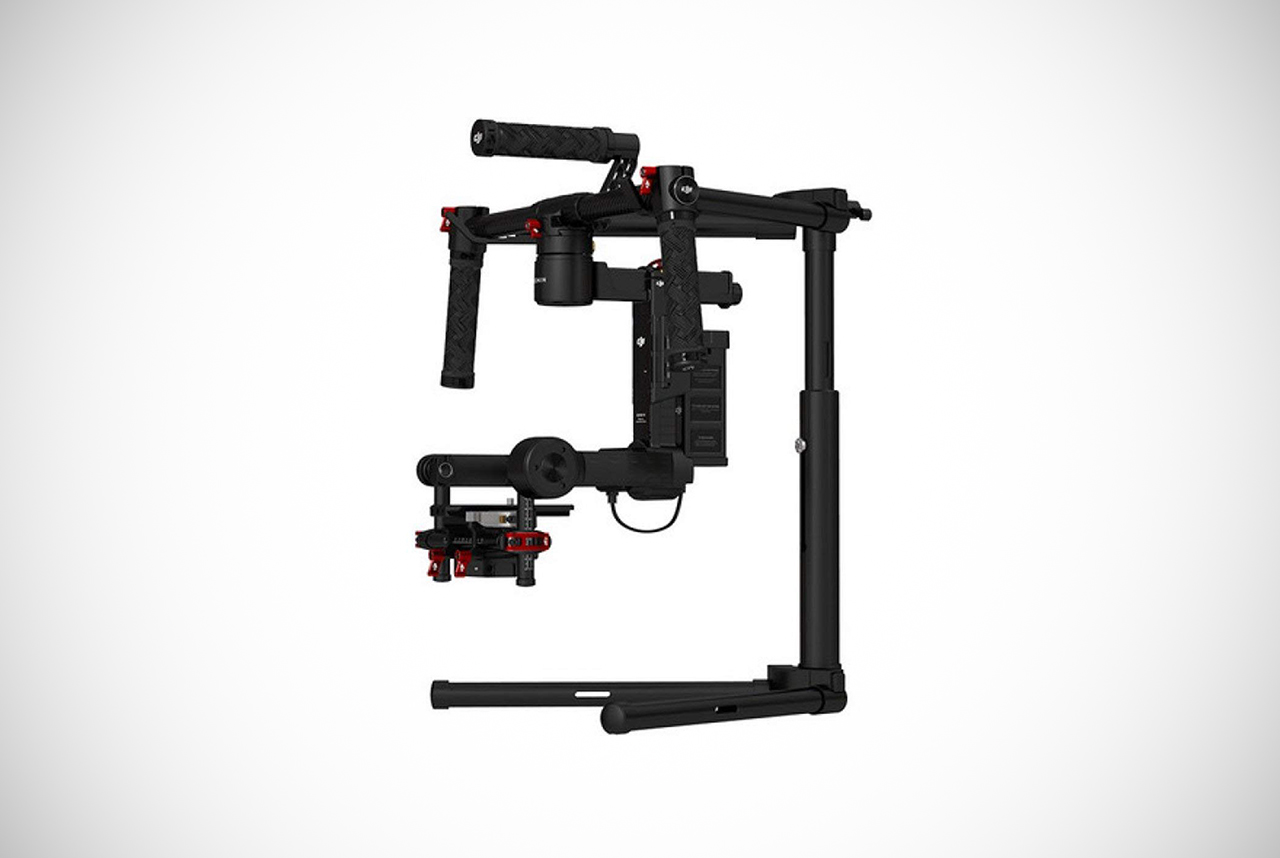
The DJI Ronin-M 3-Axis Handheld Gimbal Stabilizer allows you to capture impressive shots you may have otherwise been unable to do. Able to effortlessly switch between three different operation modes with no need to adjust settings, this stabilizer weighs just 5lbs.
This means it won’t weigh you down during a long day of shooting.
This model is surprisingly sturdy, despite its design of being easy to transport. It’s capable of supporting a camera setup as heavy as 8lbs. As an added bonus, it couldn’t be quicker or easier to set this stabilizer up.
In fact, you can likely begin shooting professional-quality footage in under five minutes. All you need to do is mount your DSLR, balance it quickly, then press a button.
Featuring upgraded Auto-Tune Stability, this stabilizer boasts precise technology for balancing and turning without any need for tools. Allowing you to get tight shots that look amazing. It has also been designed with a top handle, capable of being twisted off to make it smaller. This makes it easy to unpack or pack up in seconds.
These accessories for the DSLR camera are durable enough to be used in rough environments, with a strong frame made from a quality single piece of fine-tool magnesium.
The magnesium construction ensures an exact shooting experience without compromising on maneuverability. The U-shaped arm that holds the camera plate eliminates any common imperfections. All for greater reliability and stability with no potential of any pieces moving apart or coming loose.
Check Product Price // Read More Reviews
3) Zhiyun Crane V2
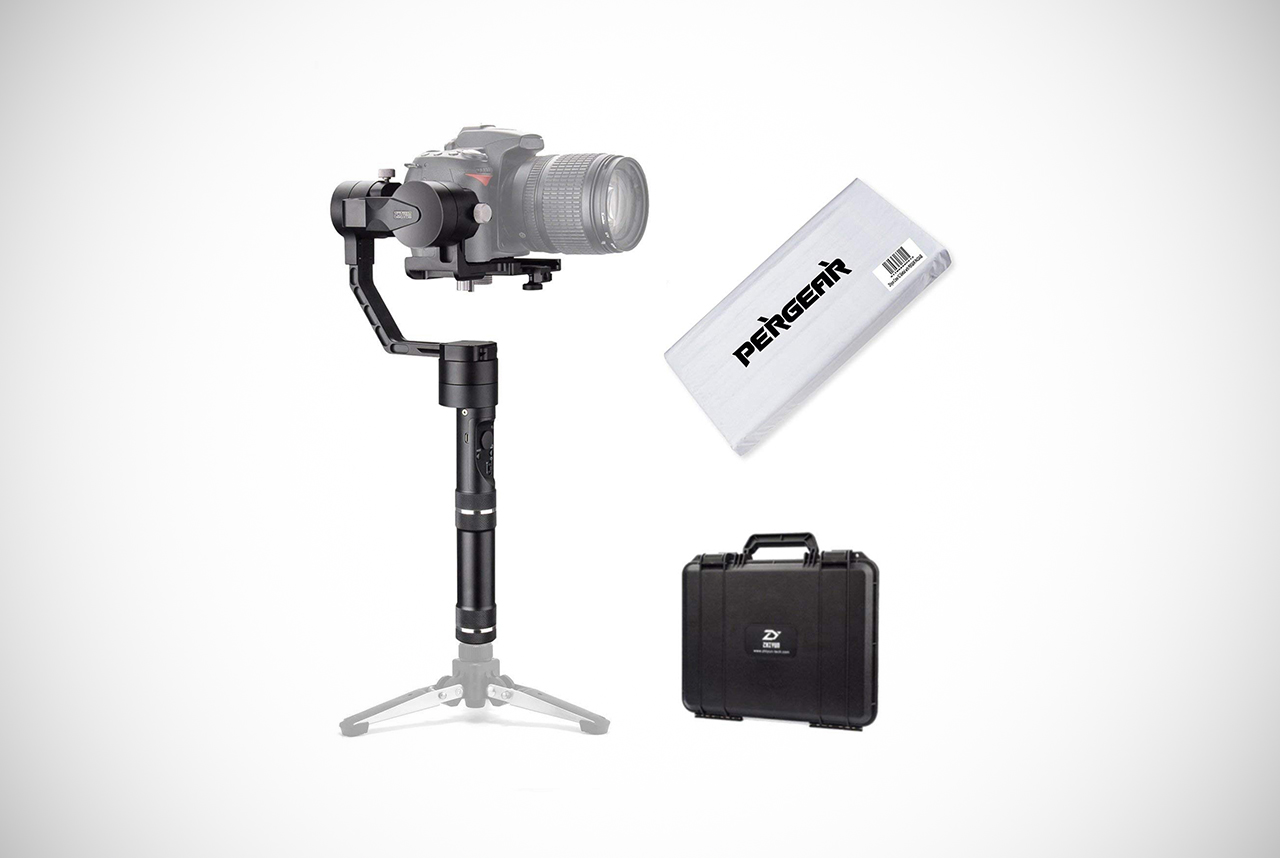
The Zhiyun Crane V2 has been designed for use with DSLR cameras, coming in at a weight between 0.77lbs and 3.96lbs. This gives you quite a range of devices to choose from. It’s actually the first gimbal to ever be handheld, as well as feature CCI (camera control interface).
These accessories for the DSLR camera allow the focus and shutter of the camera to be controlled using buttons located on the handle of the gimbal.
There are three different operational modes to select from while the simple and quick mounting system requires no tools. Meaning reduced set up and pack away time. With its three-axis 360-degree rotation, it’s possible to enjoy impressive and smooth filming in any direction without any shake or wobble.
Every motor of this gimbal has automotive grade magnetic encoders, ensuring it can sense the smallest change intervals of as low as 0.02 degrees. This model was the first to achieve three 32-bit MCUs, which run parallel at 4K HZ. All of this allows it to film low to high angle shots with ease.
Paired with an efficient proprietary control algorithm, the powerful microcontroller is paired with an advanced servo-control algorithm. Allowing it to compute or control the camera with an accuracy of 0.001 degrees, in just 0.25 of a millisecond.
You can also connect the inbuilt wireless control model with the smartphone app or Zhiyun’s proprietary gimbal remote control. Supporting two 25400mAh batteries that come included with the package, it provides up to 12 hours of operating time.
Check Product Price // Read More Reviews
4) Neewer Carbon Fiber Handheld Stabilizer
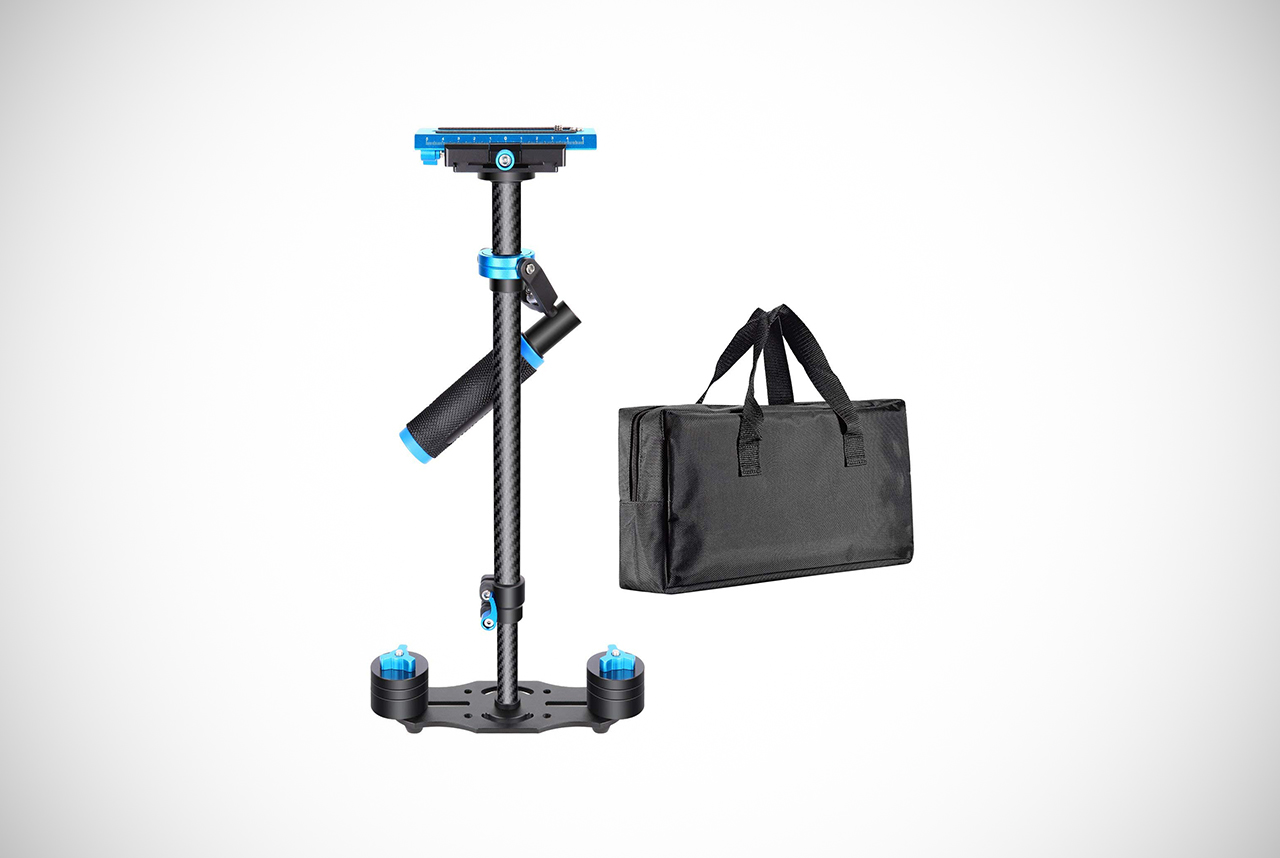
Surprisingly lightweight yet capable of a 6.6lb payload, the Neewer Stabilizer is terrific. Designed to be handheld, it’s also made specifically for the DLSR and happens to be one of the best accessories for the DSLR camera today
This compact system means a dolly or tripod are a thing of the past for creating a smooth video on the move.
Featuring a camera platform that boasts y and x adjustments, the Neewer stabilizer also has several mount holes. These allow you to position your camera in many different ways. Its weight plate has four separate weight discs, making it easy to balance the camera more effectively.
You can either remove or add to these depending on your needs due to screw threads for easy fitting and removal. Suitable for use for low and high angle shooting, this stabilizer has low friction joints and high precision bearings. Its stretch adjustment also improves the weight ratio, reducing the clump weights massively.
There is also a quick release plate, useful for any camera that has a ¼” or 3/8” thread. As the bidirectional base plate also has a fine adjustment system it’s possible to freely adjust it in any direction.
Made from strong carbon fiber, this stabilizer is durable and solidly built for a long lifespan. Meanwhile, the grip has a comfortable sponge covering for an easier handling experience. You’ll also benefit from a free carrying back for easier transportation and storage.
Check Product Price // Read More Reviews
5) Glide Gear Geranos VII Stabilizer
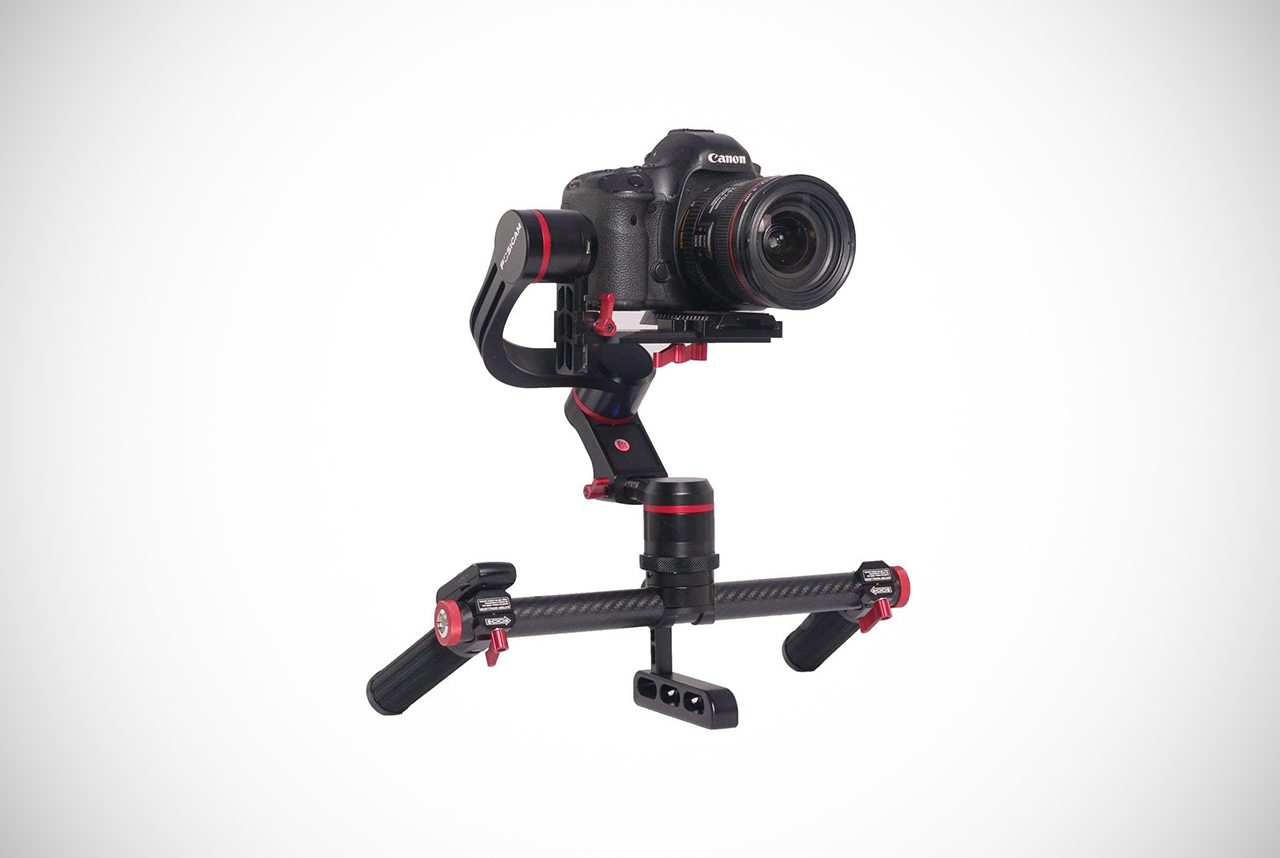
This DSLR three axis gimbal stabilizer has been designed to allow for impressive cinematic style videography while on the move. All in one conveniently small and light package. With its advanced encoders, the Geranos stabilizer offers a limitless range of camera movements.
Meanwhile, it only weighs 2.8lbs without its batteries.
Designed to be small enough to stow away in your backpack, this lightweight model won’t be hard to deal with for long periods. It’s also simple enough to carry around anywhere you need to go.
It couldn’t be easier to operate with its single button as well. These great accessories for the DSLR camera feature full 360-degree rotation for smooth action shots in all directions.
It offers a number of other excellent benefits you will love. Those include three programmed controls, the possibility of toolless balancing to save on time, and arm and vest mounting for ease of use on the go. It comes complete with a set of batteries that can provide up to eight hours of continuous filming on a single change too.
If that’s not enough, it also comes with a hard case for convenient carrying between locations.
Check Product Price // Read More Reviews
6) Ikan Beholder 3 Axis Gimbal Stabilizer
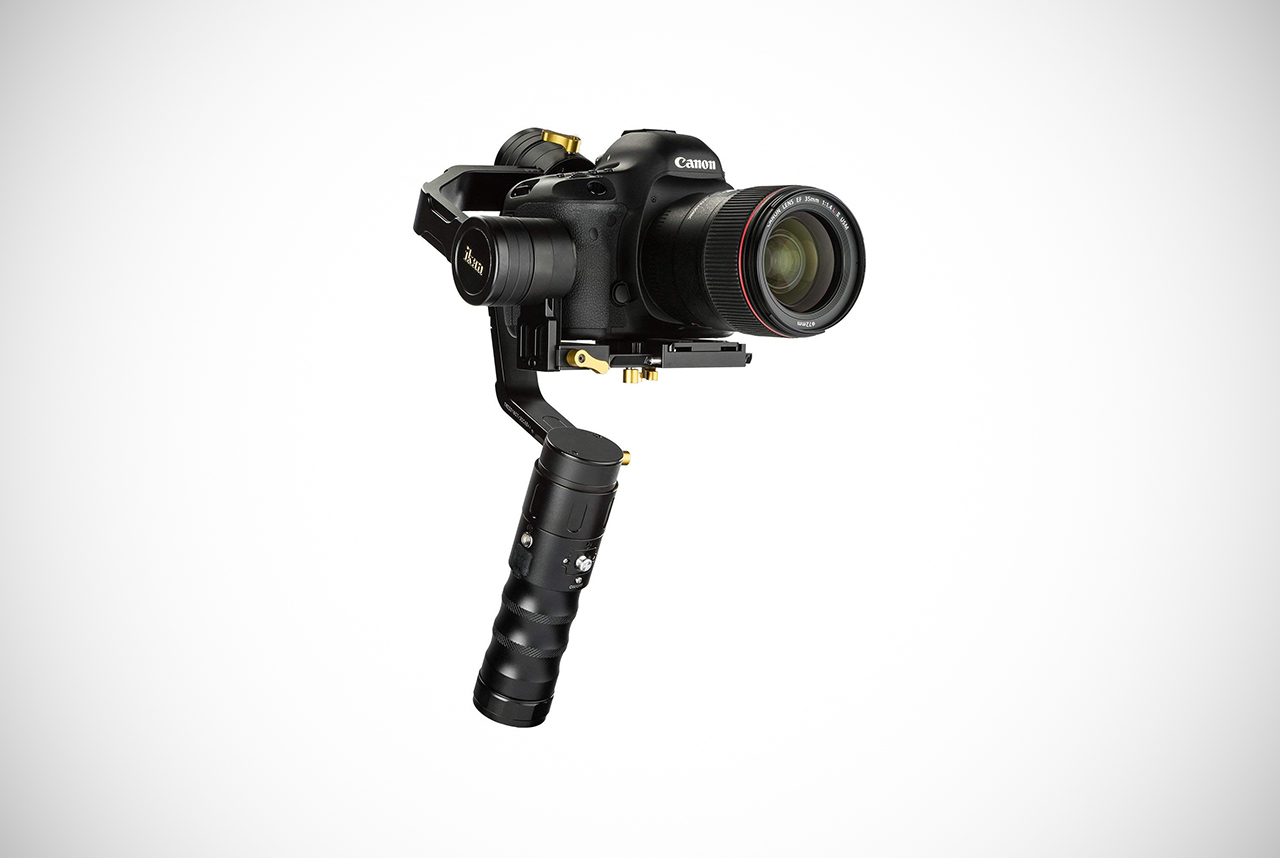
The Ikan EC1 Beholder Mirrorless 3-Axis Handheld Gimbal Stabilizer has been specifically designed to meet the needs of professional filmmakers. It offers them an amazing single hand-held stabilizer to suit small and medium-sized DSLRs with a weight of up to 4.5lbs.
Yet these accessories for the DSLR camera can be used by regular, amateur filmmakers too.
Lightweight and simple to use, the Beholder EC1 can easily be carried around. It comes complete with a free carrying case to make that even easier. Made from strong and durable aluminum, this rugged stabilizer is ideal for use outdoors.
Meanwhile, its 360-degree rotational ability ensures smooth filming at all angles.
Featuring an OLED display screen, it’s possible to see which operating mode is being used. All while its eco-friendly battery indicator shows when a recharge is required. This model is also equipped with a 12-bit encoder and 32-bit controller for excellent performance and professional-style filming.
Check Product Price // Read More Reviews
7) Moza Lite II Motorized Handheld Gimbal
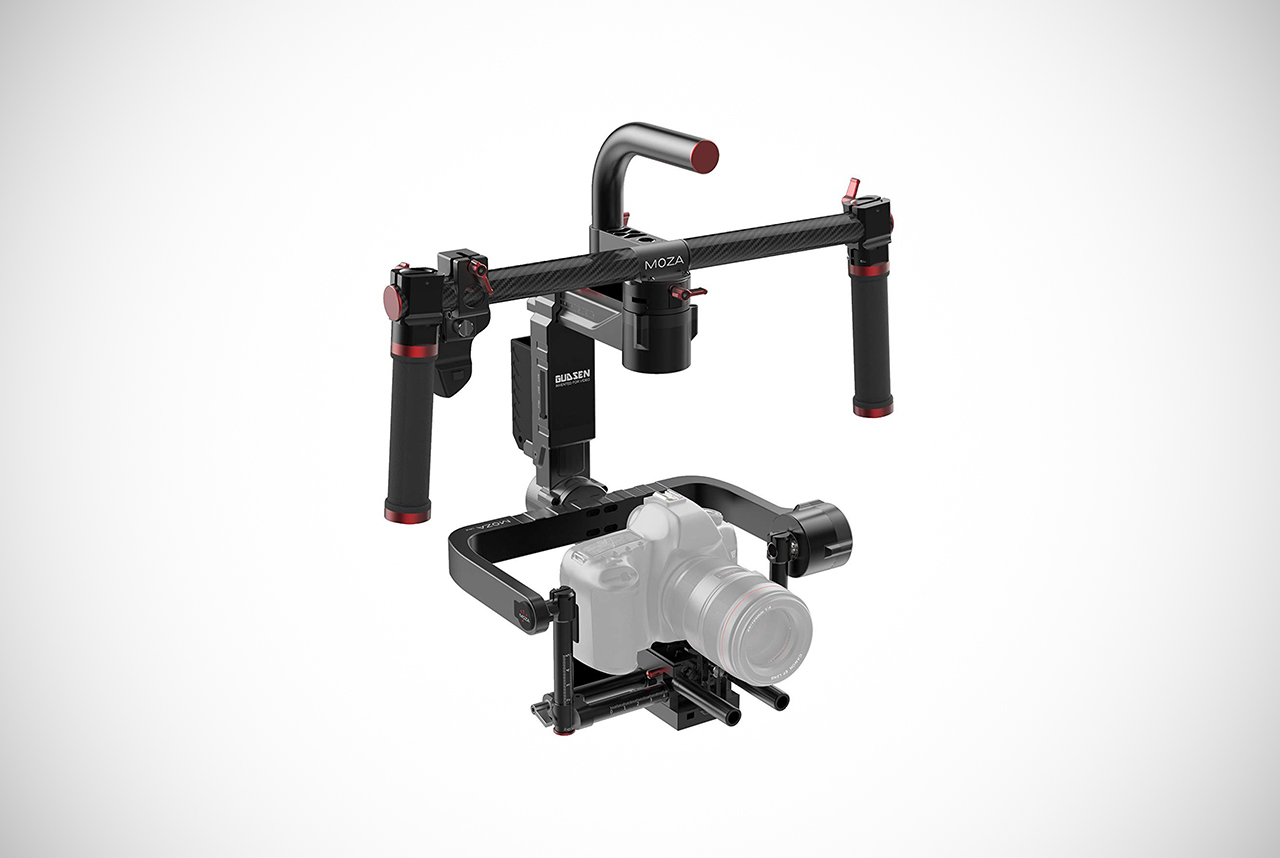
The MOZA Lite II: offers an outstanding stabilization system for professional quality film production. With its lightweight yet very solid frame it weighs just 4.8lbs yet supports an impressive maximum payload of up to 11lbs.
Supplied with its own hard carry case, these accessories for the DSLR camera couldn’t be easier to take wherever you need to go. It also comes with a battery charge and camera mounting plate so you can get up and running quickly.
The Moza Lite II is compatible with the Moza Assistant app for easier control, which has become quite popular among gimbal accessories as of late. It is also protected by a 12-month manufacturer’s guarantee for your peace of mind. Its battery life is reasonably long, lasting for around 6 hours before requiring a recharge.
Quick and easy to set up and take apart, this impressive piece of equipment will ensure smooth shooting and high-quality footage.
Check Product Price // Read More Reviews
8) Neewer Aerospace Handheld Grip
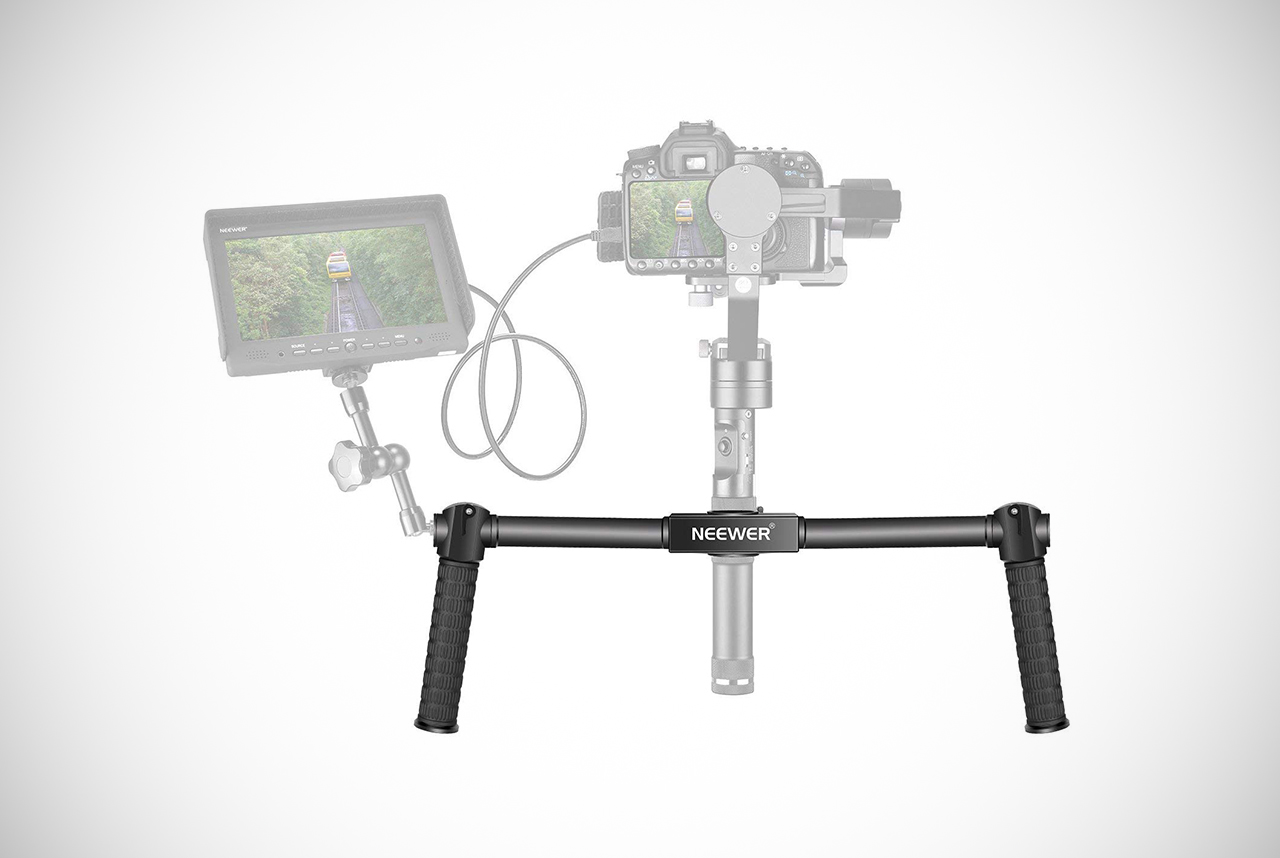
This specially designed dual handheld grip is perfect for use with the Neewer Crane/Crane M 3-Axis, Zhiyun Crane, or Zhiyun Crane M 3 Axis Stabilizers. Allowing you to quickly shift between two-handed and one-handed operation during shooting, this camera grip has a non-slip design to allow for easier holding and operation.
Durable and lightweight, these accessories for the DSLR camera are made from aerospace grade aluminum alloy for easier portability yet robust construction. Designed to help you save time and energy while filming, this model features two ¼” screw holes.
This makes it easy to attach further accessories onto your camera for even greater shooting convenience.
Check Product Price // Read More Reviews
9) Letus Helix Jr Aluminium Brushless Gimbal
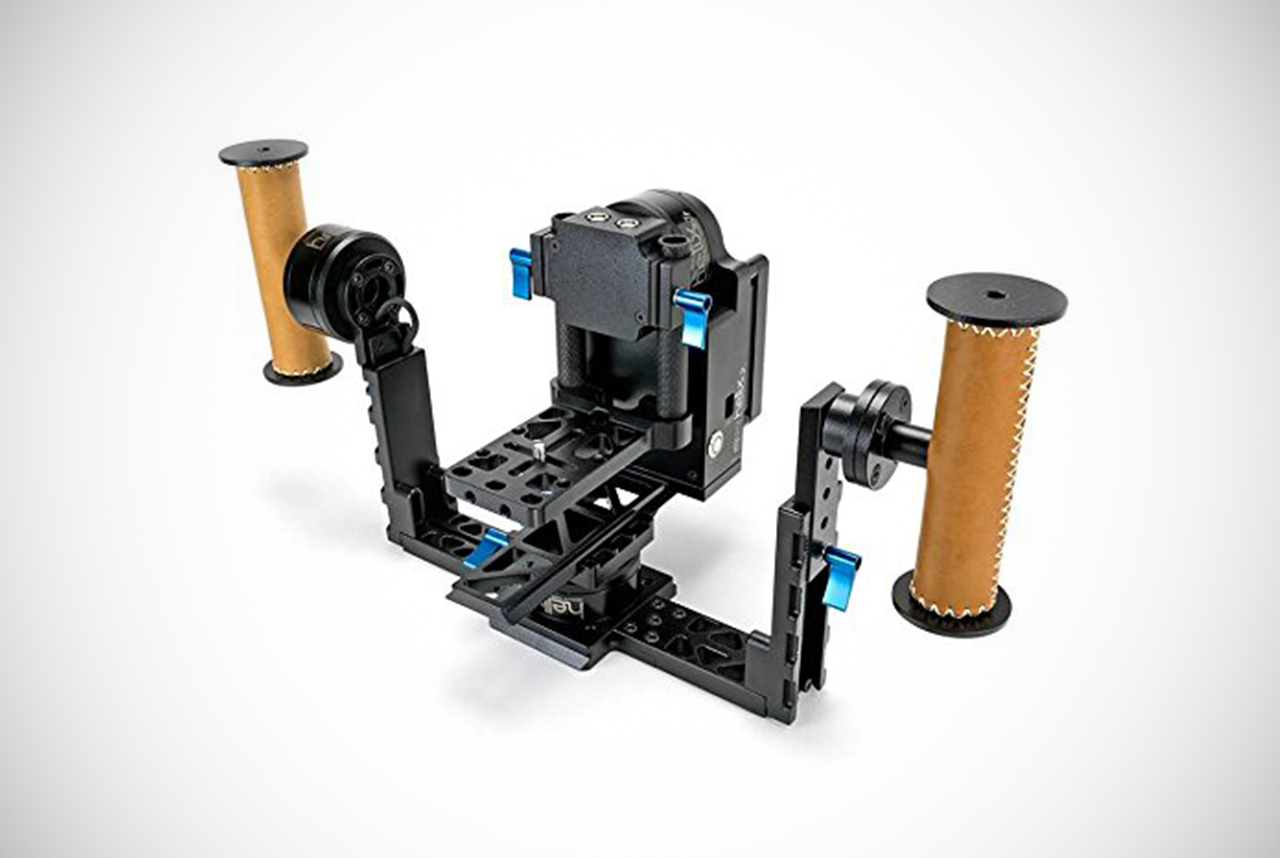
If you’re looking for the most lightweight and compact three-axis gimbal, the Letus Helix Jr is a great choice. Having been fully optimized for use with DSLR cameras, this model features a flat-bottomed design. Allowing you to easily set it down on any surface with no need to use a stand.
Ideal for both professional and amateur use, its small dimensions make it suitable for fitting easily into backpacks even without disassembly. This means you can shoot virtually instantly without waiting for setting up time.
Made from lightweight magnesium alloy, these accessories for the DSLR camera isn’t only durable and easy to hold and use for extended periods. It also has improved vibration dampening properties for even less camera shake during use.
Weighing only 4lbs, the Letus Helix Jr also boasts encoded motors for even higher level performance.
Check Product Price // Read More Reviews
10) Pilotfly H2 Handheld Gimbal
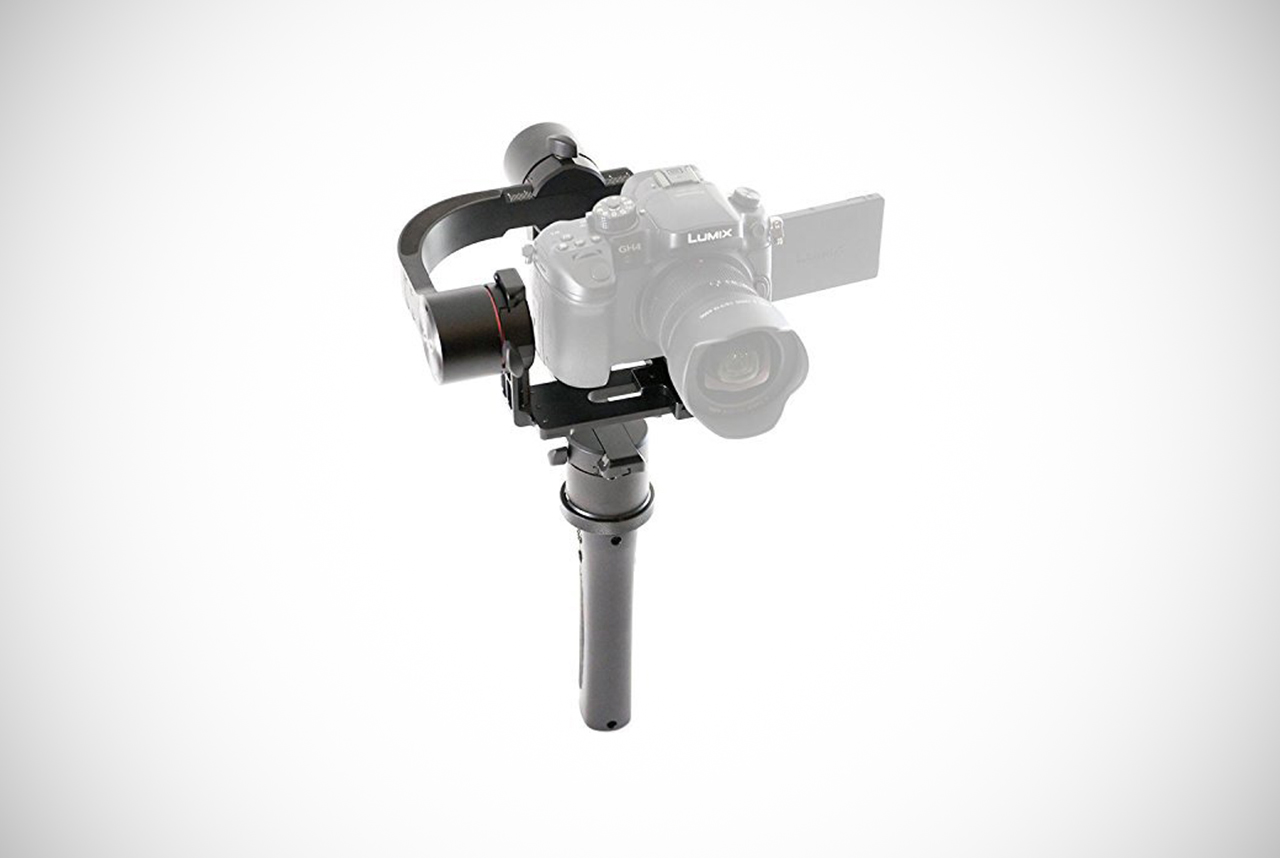
Introducing a new and more flexible way to shoot video, the Pilotfly H2 gimbal is powerful, efficient, and effective. It’s designed to be the best single-handed gimbal for use with DSLR cameras. It features an ergonomically designed lightweight handle, which basically means everything involved in it is efficient with no random issues.
It’s equipped with a user-friendly four-way joystick, battery/power status, LED light, and mode button. These accessories for the DSLR camera also have brushless motors with fully integrated MCUs.
Using this gimbal, you can turn both of the axes a full 360 degrees without worry of possible damage to the cables. The three-axis is made from CNC aluminum alloy for extra robustness without adding additional weight. Surprisingly, the gimbal can still support a maximum payload of 4.8lbs.
Meanwhile, its battery lasts up to an impressive 26 hours of continuous operation.
Check Product Price // Read More Reviews
11) Beholder DS1 Handheld Stabilizer
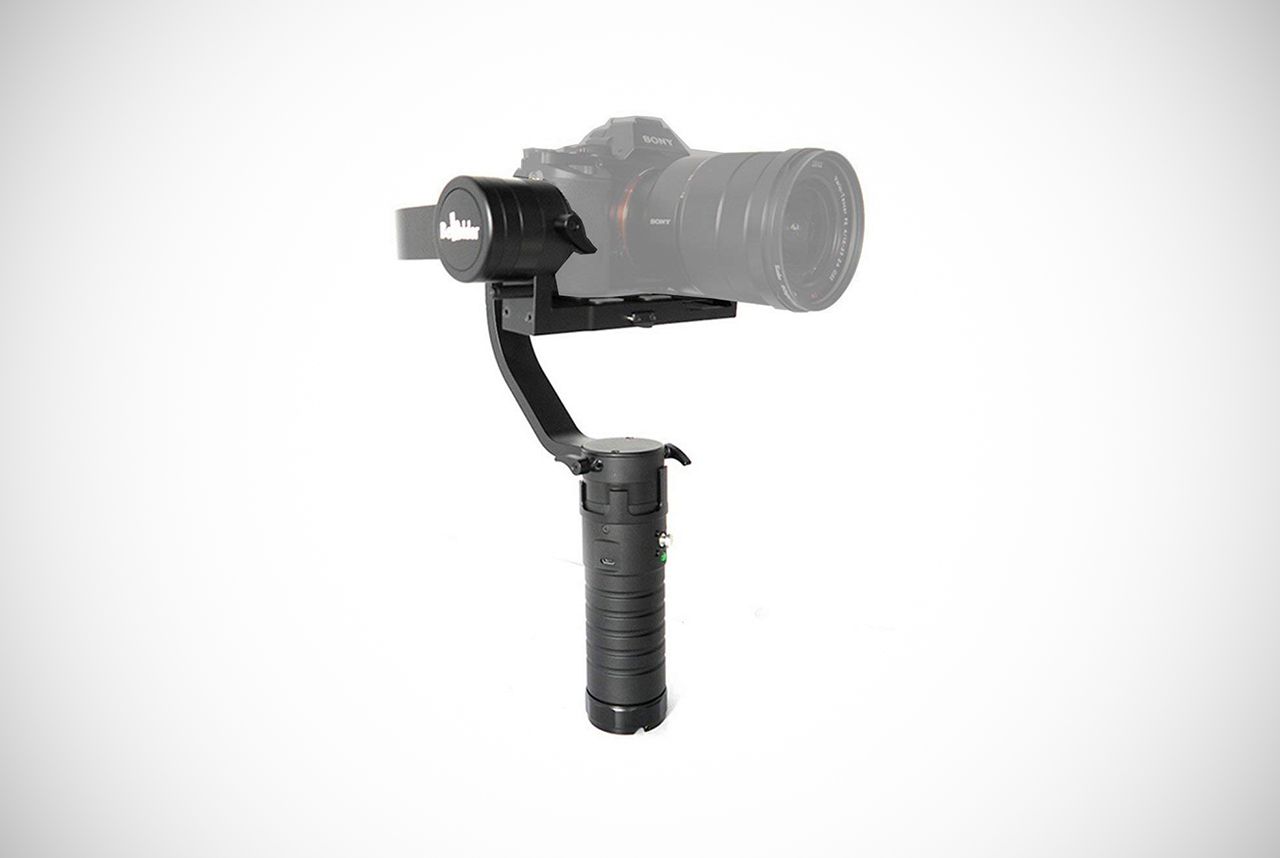
The Beholder DS1 Handheld Stabilizer is one of the best accessories for the DSLR camera on the market today. This model allows you to rotate a full 360 degrees without dead augmentation. The design of the stabilizer was to support the GH series scroll and external remote control.
On top of this, the Beholder DS1 is capable of supporting a maximum DSLR camera weight of 3.8lbs. This makes it light to carry, however, the max weight would be low for bigger cameras. Possibly even for bigger projects too. However, stabilizers like this are effective with smaller cameras.
Usually. DSLR cams are light anyway.
Promising a fast response, the DS1’s system has dual sensors together with improved accuracy and stability. It is the first dual-level sensor 5D handheld 3 axis gyro stabilizer in existence. Suitable for all kinds of angles and shooting styles, this model comes with its own carry case for easy transportation and storage.
It is also very lightweight at only 2.2lbs even when the battery is installed. The quick release plate makes it easy to set up. This allows you to not waste time on setting up the thing or packing it away after you’re done.
Check Product Price // Read More Reviews
12) FeiyuTech a2000 DSLR Camera Gimbal
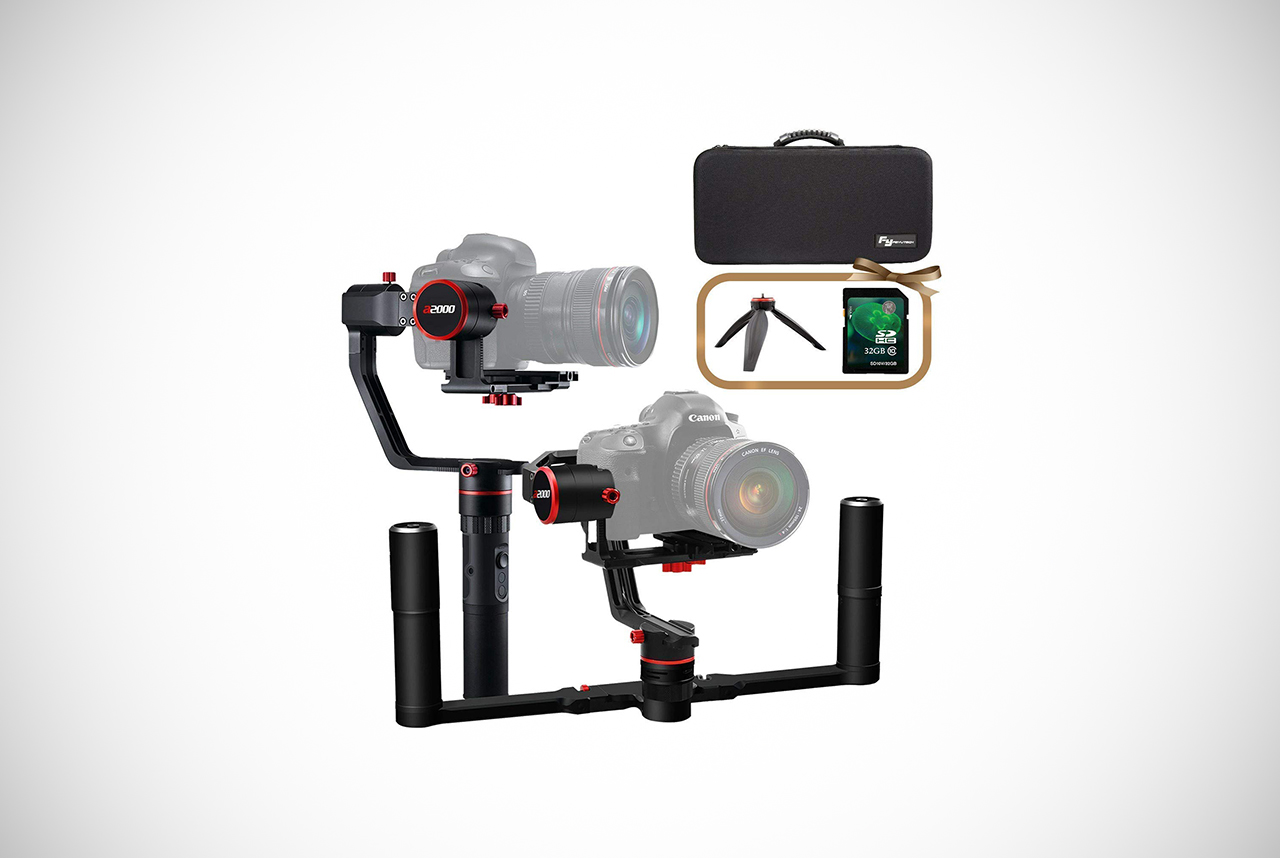
Ideal for professional use, the FeiyuTech a2000 has integrated anti-shake technology for even easier stabilization. This model can support a maximum payload of 2.5kg (5.5lbs). Thanks to the downloadable firmware, you can keep your purchase up to date and functioning at an optimal level.
Thanks to the easy-to-use damping sliding arm, it couldn’t be simpler or more convenient to adjust the balance. Regardless of the weight of your attached DSLR, this will work perfectly. Meanwhile, the built-in shutter cable allows the gimbal and camera to be connected.
This allows you to control the zoom and shutter buttons remotely.
As an added bonus, the downloadable app allows you to do time-lapse photography as well as automatic shooting to be set up remotely. Truly great accessories for the DSLR camera, this model also features a detachable handle. This allows you to add other accessories in the future.
It also makes it simple to switch between single and dual handle options.
Check Product Price // Read More Reviews
13) Zhiyun Crane M3 Gimbal
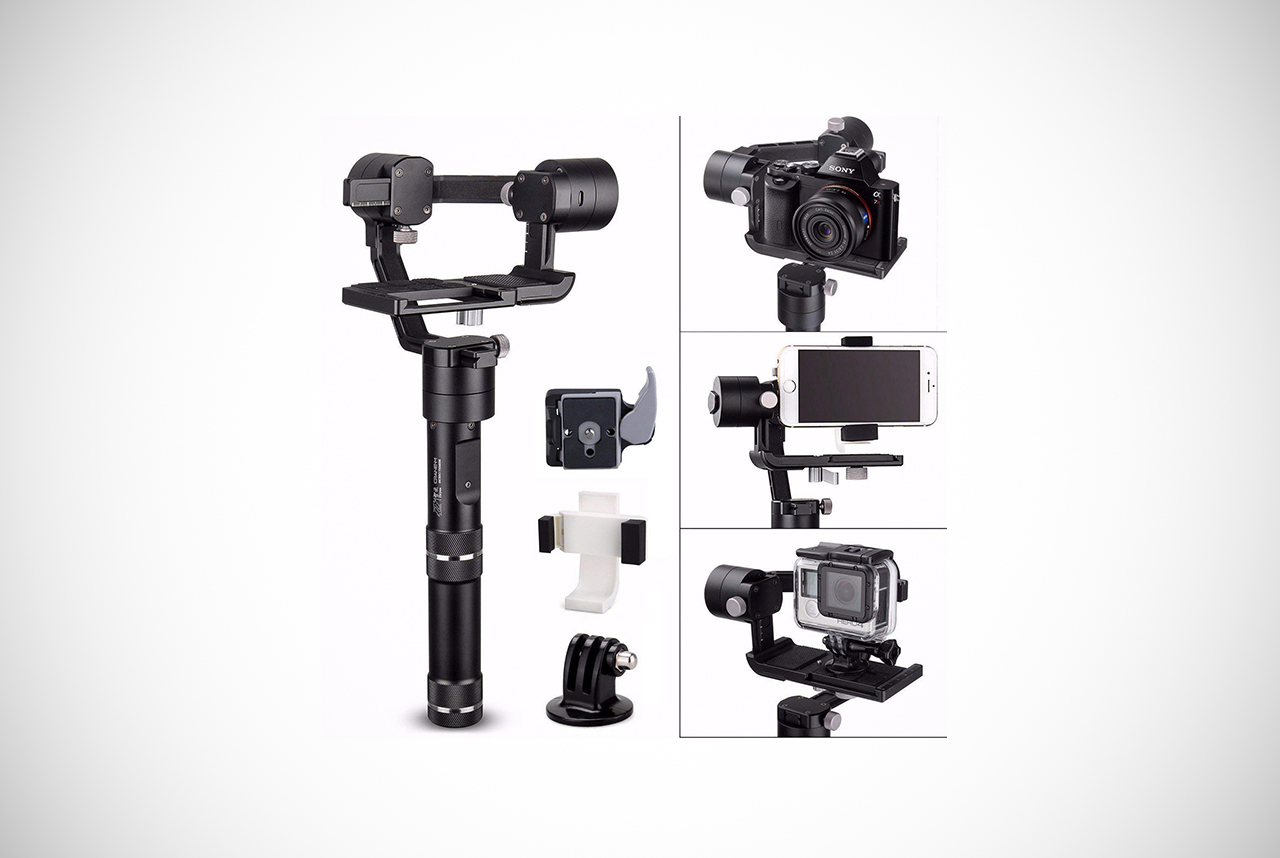
With a battery life that lasts for a full 12 hours, this gimbal will remain functioning without needing a recharge for nearly a full day of filming. These accessories for the DSLR camera allow for a handled and inversion style shoot, with a 360-degree rotation offered when it’s in locking mode.
Thanks to the large and flat area of its 4-way rocker, it couldn’t be easier to control speed and direction precisely. It also offers a more convenient and comfortable operation than the standard 5-way joystick. Due to tools not being required to mount the camera, adjusting the balance is quick and simple to achieve within s minute.
The downloadable compatible app allows for convenient remote zooming out and in as well. Thanks to the ¼” screw at its base, this model can be used with extension rods and tripods to suit different needs. Though only capable of supporting a maximum weight of 1.4lbs, this is truly a professional quality model that produces shake-free results.
However, we’d advise you only use it with the smaller DSLRs. For, well, obvious reasons.
Check Product Price // Read More Reviews
14) Sutefoto S40 Handheld Stabilizer
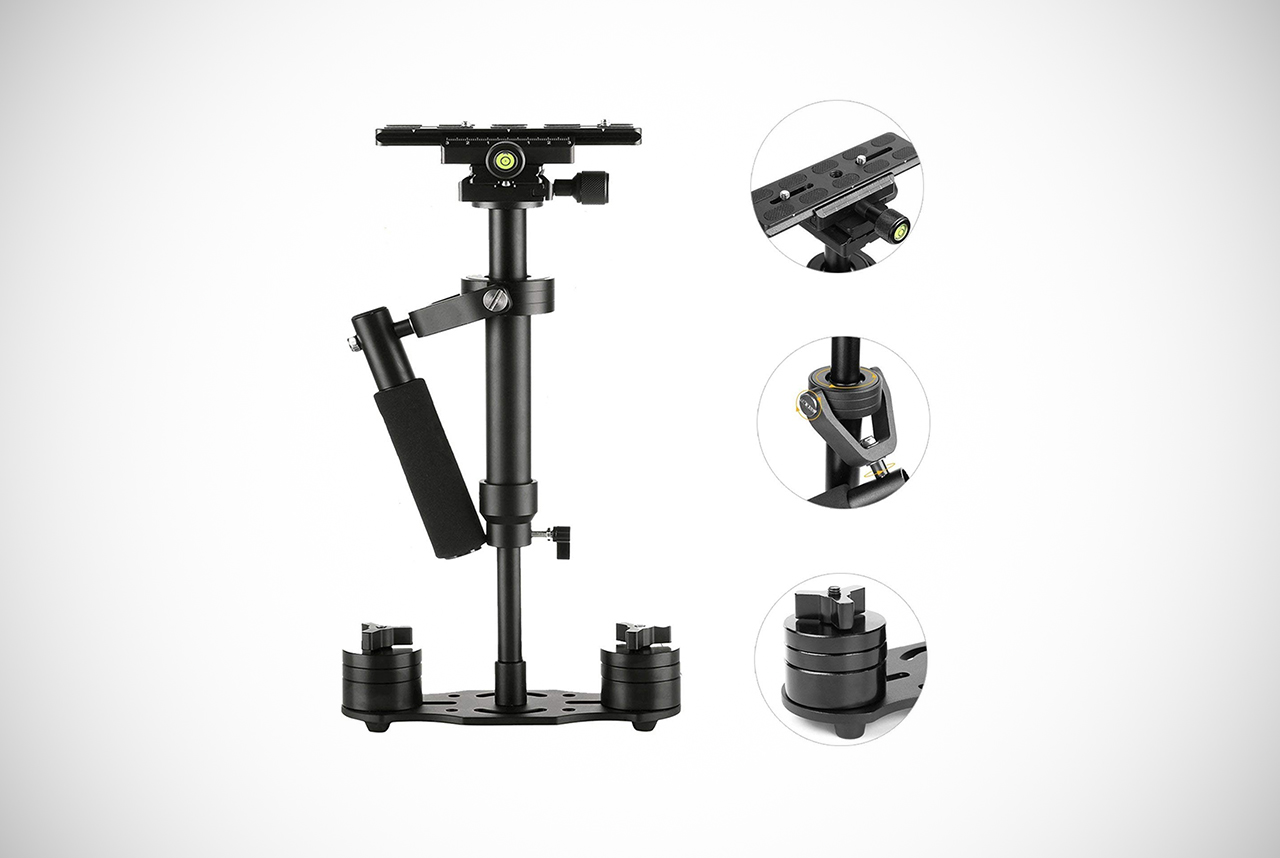
The Sutefoto S40 Handheld Stabilizer is a quick balancing model with the capability of shooting 360 degrees completely stable. Offering a quick release plate, your camera can be set up with it and packed away in under 30 seconds. It’s also capable of supporting any DSLR camera, with most never exceeding 3.3lbs.
With its lightweight and compact design, this model can easily be carried anywhere you need to go. Meanwhile, its aluminum construction is black powder coated to protect against rust or water damage. It is equipped with six removable weights that you can adjust to suit your filming needs.
These accessories for the DSLR camera are perfect for both low and high shooting, offering low friction joints and high precision barrings. Meanwhile, its anti-skid handle is a non-slip version, giving a comfortable hold for extended periods of time.
It even comes with its own carrying bag for proper storage and easy transportation.
Check Product Price // Read More Reviews
15) Came TV Optimus 3 Axis Gimbal
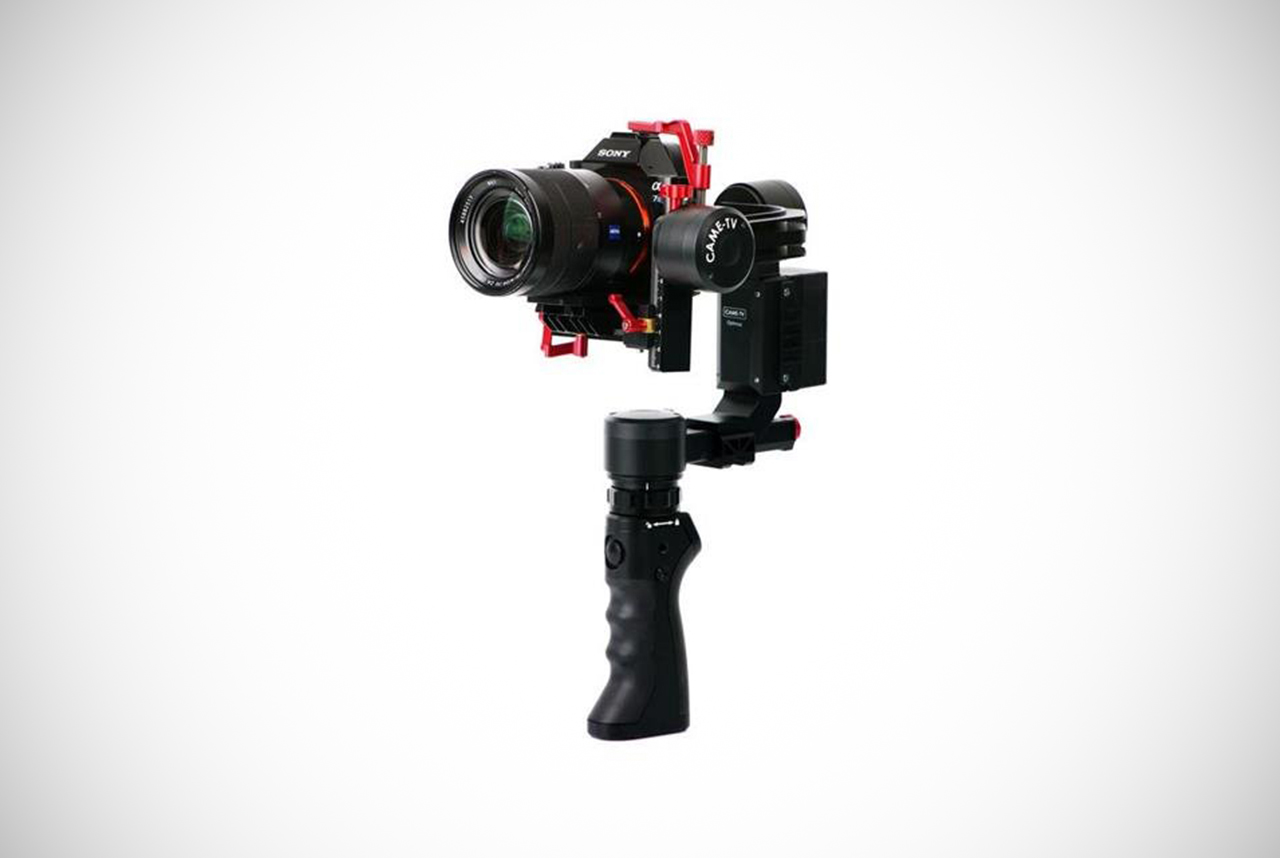
The CAME-OPTIMUS gimbal features encoders for professional level performance and even allows for single-handed operation. With its new frame design, it can be operated in an underslung or inverted option, while its motor can rotate through a limitless 360 degrees.
Of course, this offers even more flexibility and range during operation.
With a battery life that lasts up to ten hours on one charge, these accessories for the DSLR camera come complete with a wireless joystick remote. This allows you to access the gimbal and control it without a need for being near. It also offers a quick release plate that ensures little to no adjustments.
This allows a faster and simpler camera balancing operation. There is also one free additional battery supplied with each model for an even longer battery life. Thanks to the 12-month manufacturer’s warranty, you can have complete peace of mind in your purchase as well.
Check Product Price // Read More Reviews
A Snap Decision
If you’ve decided that a gimbal or stabilizer is the perfect tool to get impressive footage, you need to know how to make the right choice for sure. We felt we offered the most useful advice you’ll need to make the perfect decision to suit your needs.
You might be an amateur who’s excited to start a YouTube channel of your very own, or if you might have professional ambitions. You need a seriously impressive piece of hardware, and we understand that around here. That said, you’ll find something on our list to accommodate your requirements.
We make it easier than ever for you to make an informed choice so you won’t end up making an expensive mistake. Buying any accessories for the DSLR camera can be very difficult to accomplish, regardless of what they are. We feel your pain.
We did the research for you and that means you’re going to really love the choices we went with.
Channel your inner filmmaker with one of these cutting-edge stabilizers for your DSLR camera today. Then enjoy outstanding footage each and every time you set up a shot. Maybe we’ll see your stuff making millions of views on YouTube or making billions at the box office one day.
Good luck, Mr. Director!


